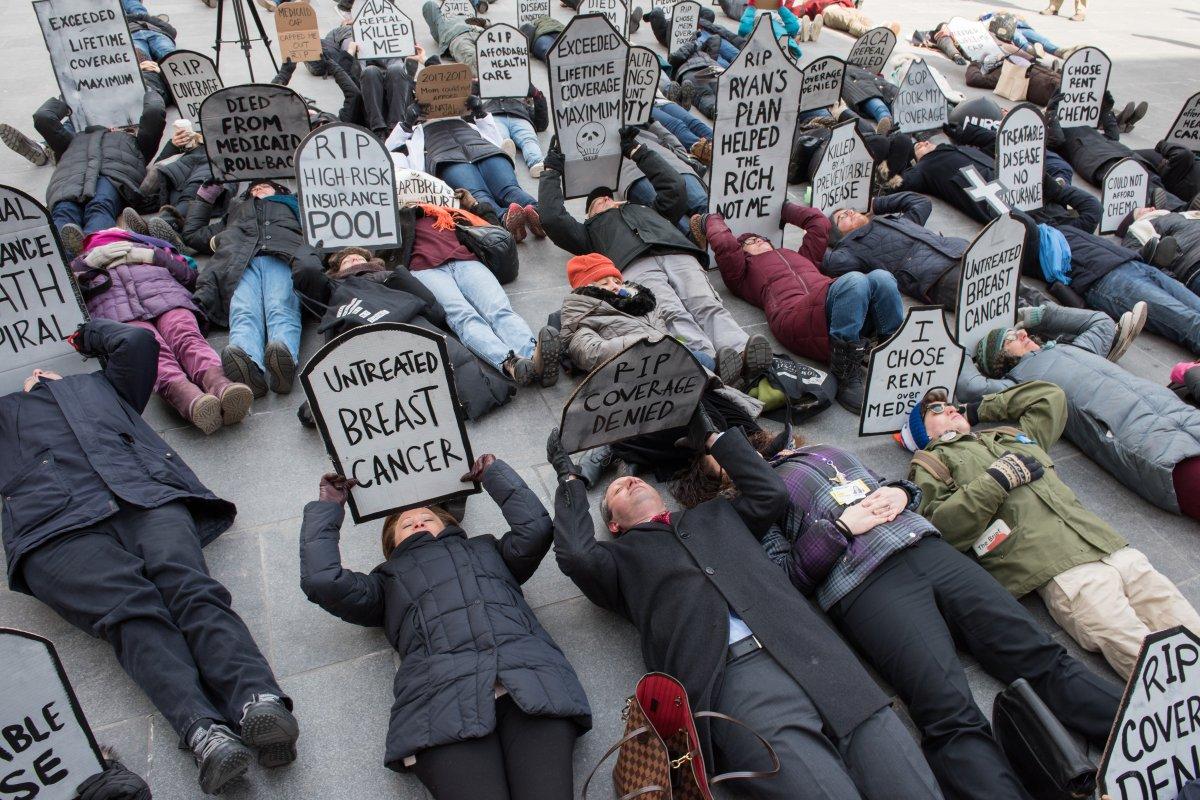In the Warpwire video for “Organizing Sustained and Sporadic Action,” the concept of protest was discussed, and it raised questions on how a protest may be successful. What makes a protest effective? What gathers people behind a protest’s cause?

We can look at a specific trend of protests called “die-in”s, also known as “lie-in”s. They’re a form of protest where the participants pretend to be dead to elicit a certain reaction. Oftentimes these protests must be ended by the police, as they typically disrupt the flow of traffic and are a hassle to navigate around. This especially serves to grab the attention of anyone passing by.

When did die-ins become a trend, however? One professor from the University of Rhode Island, Robert Widell, recalls die-ins happening as far back as the 1980s. They were popularized by their effectiveness at grabbing attention; it was a simple yet direct way to invoke the imagery of death without other vehicles like images or audio. You didn’t need a sign; you just needed to lay down with the others.

Overall, the reasons this form of protest became popular deserve a close analysis for future protests. Organizing and creating an effective protest is not an easy chore, and looking at current trends allows us to understand how to do it well.

